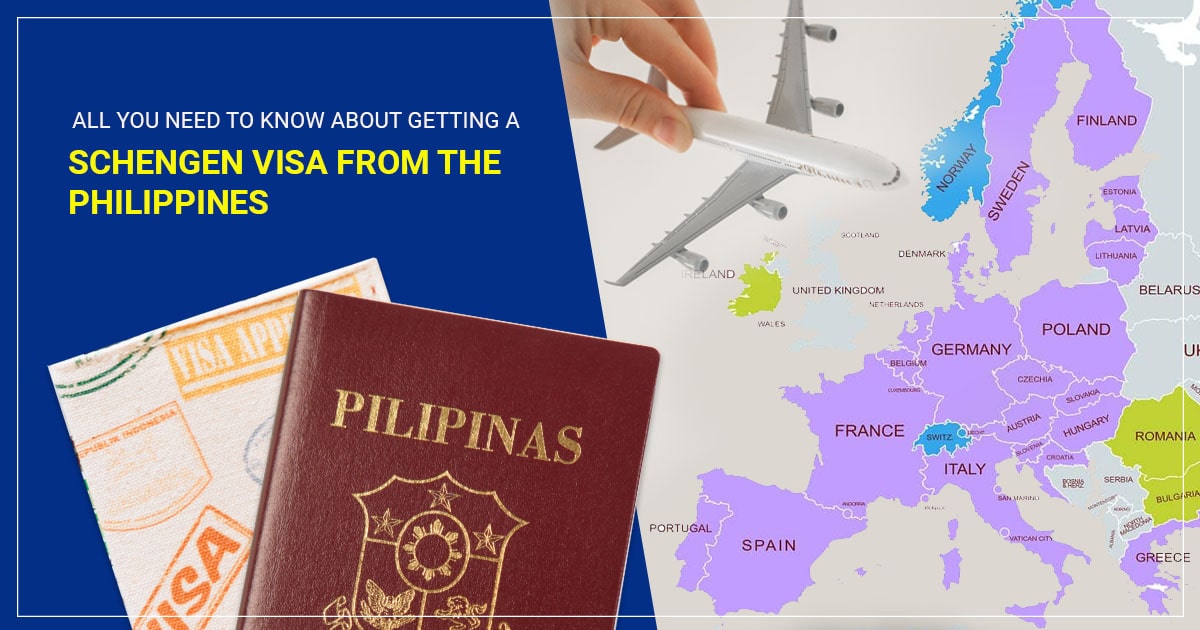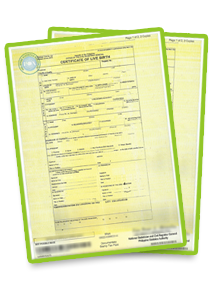
Filipinos can travel to 27 European countries with a Schengen visa. Depending on the purpose of the visit, there are at least eight types of Schengen visas available for application.
The Schengen Area is like a passport to 27 European countries that tossed aside their internal borders, letting people move around freely. They stick to common rules for handling outside borders and join forces against crime by beefing up their teamwork in the legal and police departments. With a Schengen visa, a Filipino adventurer can explore Austria, Belgium, the Czech Republic, Croatia, Denmark, Estonia, Finland, France, Germany, Greece, Hungary, Iceland, Italy, Latvia, Liechtenstein, Lithuania, Luxembourg, Malta, Netherlands, Norway, Poland, Portugal, Slovakia, Slovenia, Spain, Sweden, and Switzerland. It's like a travel magic ticket – you can hop from one country to another without the hassle of obtaining separate visas or permits.
For individuals with a travel goal of sightseeing or visiting friends and family, the option of choosing between a tourist or a visitor visa is available. The requirements and processes are quite similar, differing mainly in one aspect: those visiting family and friends need to present an invitation, while tourists are only required to furnish details about their vacation accommodation, among other prerequisites. Below are all the details regarding the application process for a tourist/visitor Schengen visa, the list of requirements, and associated fees.
Basic requirements:
- The applicant must possess a valid Philippine passport. It must be valid for at least three months from the date of the planned flight to the Schengen area and must have a minimum of two blank pages. Additionally, it should have been issued within the last ten years. The applicant is required to bring both the original passport and a clear photocopy of the data page on the day of visa application.
- A duly accomplished copy of the Schengen Visa Application Form. Download, print, fill-out, and sign the form.
- Submit two identity photographs following the visa photo requirements for Schengen visa applications.
- Provide a civil status certificate such as a PSA marriage certificate, PSA birth certificate, or PSA CENOMAR. In some cases, they may also require seeing a PSA death certificate (of a deceased spouse) if the applicant is a widow or a widower. Prepare the original copy and bring a clear photocopy of each.
- Present proof of accommodation, which may include hotel reservations, rental agreement, or an invitation letter from your host (if visiting friends and family).
- Round-trip plane ticket and flight itinerary. If you are taking flights during the tour, include those tickets too.
- Present a travel health insurance that meets the Schengen Travel Visa Insurance guidelines. Having travel insurance helps you prepare for any untoward incidences (sickness and injury) that can happen while you are in any of the Schengen areas.
- Present receipt of your paid visa fee.
- Present proof of financial means to fund your trip. This may include a valid Certificate of Employment that reflects your monthly income, business license (if you are not employed but are running your own business), evidence of your parents’ financial stability (if you are a student), bank statements showing pension received in the last six months (if you are a pensioner). You may be required to present other proof of financial capacity other than the ones mentioned above.
- When applying for your minor child’s Schengen visa, remember to include a copy of their PSA birth certificate. If your child is traveling alone or without both parents, make sure to provide a parental consent form signed by both parents and legal guardians.
How to Apply for a Schengen Visa
-
Determine the type of Schengen visa you need.
As previously mentioned, Filipinos have access to approximately eight types of Schengen visas. It is crucial to understand that each visa category comes with specific requirements and a distinct application process. Therefore, knowing the purpose of your trip is essential to ensure you follow the correct application procedure.
-
Determine where you must apply for your visa.
All the mentioned offices need applicants to schedule a confirmed online appointment. Once you figure out if you should apply at an embassy, consulate, or visa application center, be sure to book an online appointment with them to proceed with the next steps in your application.
-
Book an appointment online for your embassy/consulate/visa application center visit.
All the mentioned offices need applicants to schedule a confirmed online appointment. Once you figure out if you should apply at an embassy, consulate, or visa application center, be sure to book an online appointment with them to proceed with the next steps in your application.
- Prepare the visa requirements and submit your application on the day of your appointment. At times, applicants are required to appear for a Schengen visa interview, depending on the Schengen country you wish to visit. You must pay your visa fee at the embassy, consulate, or visa application center. Remember to include the official receipt of your payment when submitting your documents.
- Once you have completed all the requirements and attended the interview, you will need to wait for your Schengen visa application to be processed. Unlike the immediate results you get for a US tourist visa, the Schengen visa process takes time. You can track the status of your application through the website of the embassy or visa application center relevant to your application.
- If your Schengen visa is approved, you can pick up your passport at the visa application center or embassy where you applied. Your passport will now have the visa stamp and its validity date. Some visa centers may also offer the option to have your passport sent to you by mail, saving you another visit.
Other Important Reminders:
- A Schengen visa is valid for a maximum of 90 days within a 180-day period.
- The embassy reserves the right to issue you a single or multiple-entry visa, depending on the reason for your visit.
- Should your visa application be denied, you may submit an appeal or contest the decision at the consular level. This may be done within 30 days after the rejection notice was received on your end. You may also choose to simply submit a new application to minimize complications.
Do not miss out on the chance to explore a new country. If you are eyeing Schengen countries with famous spots like the Eiffel Tower in France, the Colosseum in Rome, or the Parthenon in Greece, plan ahead by applying for your Schengen visa up to six months before your trip. Book your appointment online and gather all the needed documents. Avoid dealing with unauthorized folks or fixers offering shortcuts in exchange for some fee. Always choose to transact with legitimate travel agencies to help you with your travel plans and requirements. Remember, safety first while you complete your travel goals.
Have a pleasant trip!



